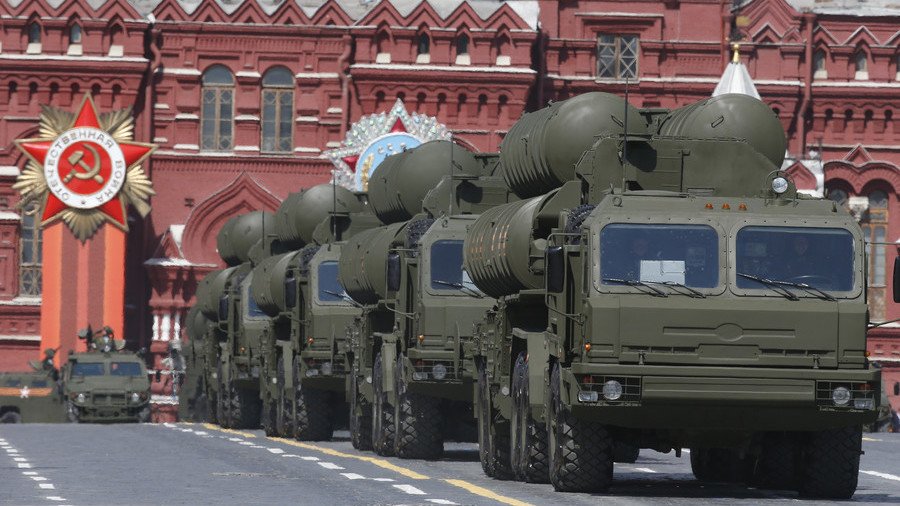India ignores US threat of sanctions as it greenlights S-400 contract with Russia – reports

India has approved a $5.43 billion deal to purchase S-400 Triumf anti-aircraft missile systems from Russia, despite US threats of sanctions against New Delhi, local media reported, citing government sources.
The Cabinet Committee on Security, chaired by PM Narendra Modi, has cleared the “game-changing acquisition” on Wednesday, according to the Times of India. The move comes ahead of Russian President Vladimir Putin’s visit early next month.
The Indian Air Force (IAF), which operates the country’s air defenses, is expected to receive first S-400 squadron within 24 months after the contract’s signing. The rest will be delivered within the next 4-5 years.
READ MORE: Erdogan: Turkey doesn’t need anyone’s permission to buy Russian S-400s
India will have to pay 15 percent of total costs on inking the contract, while the rest will be linked to deliveries of the systems, according to the report. The Indian government, however, has not confirmed its readiness to ink the deal so far.

The S-400 Triumf is the most sophisticated Russian anti-air system available on the market, capable of shooting down ballistic missiles at a range of 60km (37 miles). The system can utilize at least four types of anti-aircraft missiles, suited for different targets. An S-400 unit, composed of several launchers, command and logistics vehicles, can track up to 300 airborne targets at a range of 600km (373 miles) and engage up to 36 of them simultaneously.
India has apparently brushed aside US threats of financial sanctions, aimed at deterring business with Moscow. The sanctions might be implemented under the CAATSA Countering America's Adversaries Through Sanctions Act (CAATSA), punishing countries who dare to buy Russian weaponry.
The S-400 system has already created quite a stir worldwide, with Washington attempting to scare Moscow’s customers away. Last week, the US slapped China with sanctions over the purchase of the S-400 systems and Sukhoi Su-35 fighter jets.
While the US insisted that Moscow was the “ultimate target” of the restrictions, the move prompted an angry reaction from Beijing, which called it a blatant “manifestation of hegemony.”
“We strongly call on the US to remedy the mistake and cancel the sanctions. Otherwise, the US has to bear the consequences,” China’s Foreign Ministry hit back.
China seems to be the first country to receive the CAATSA treatment from the US over S-400, yet the state-of-art missile system has already put Washington at odds with its NATO ally Turkey. Despite repeated threats from Washington, Ankara moved to sign deal with Russia. The purchase triggered an angry reaction in the US, which even froze delivery of US-made F-35 Lightning II fighter jets to Turkey this summer over the S-400 deal. Ankara, however, has not been slapped with the CAATSA sanctions so far.
If you like this story, share it with a friend!















